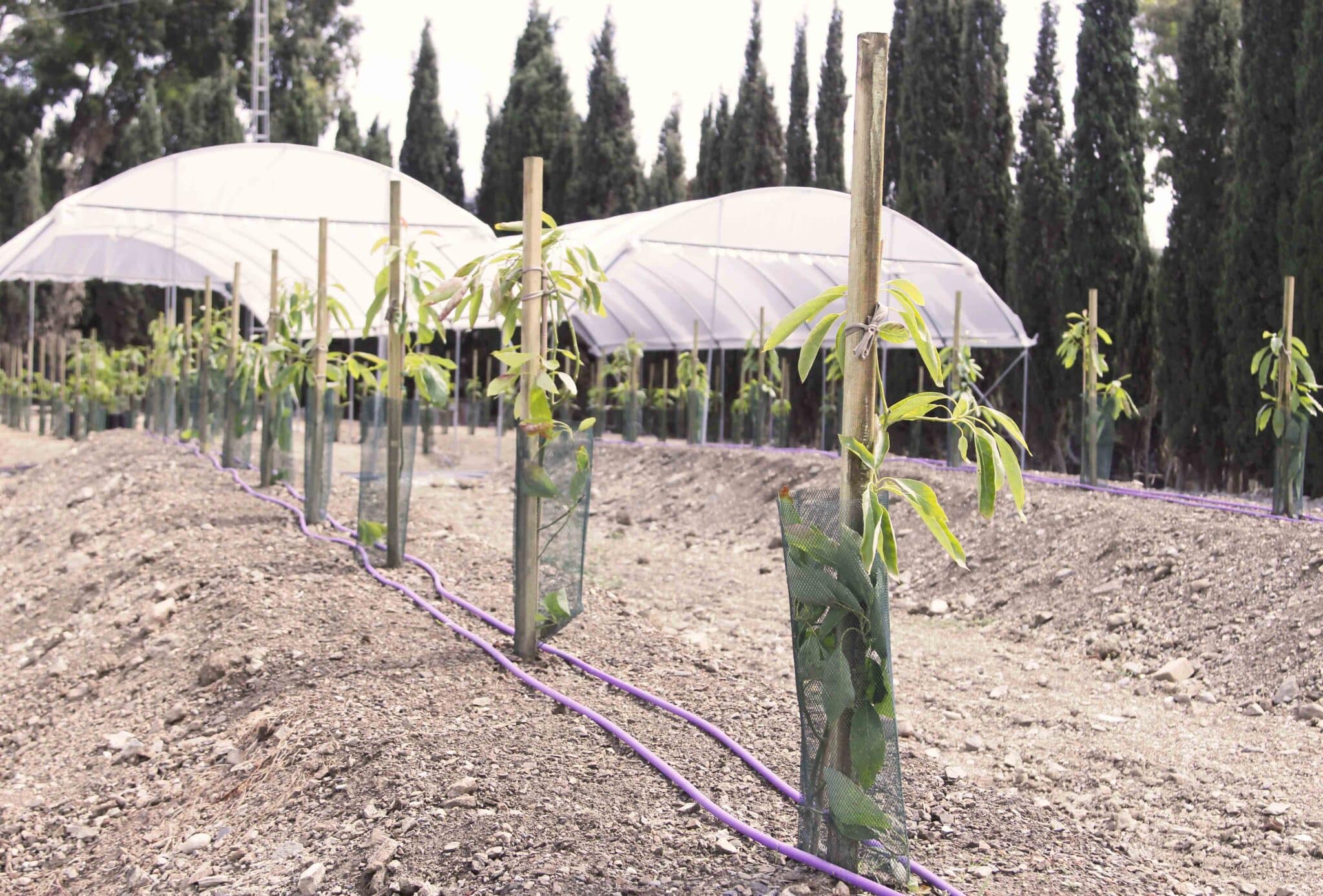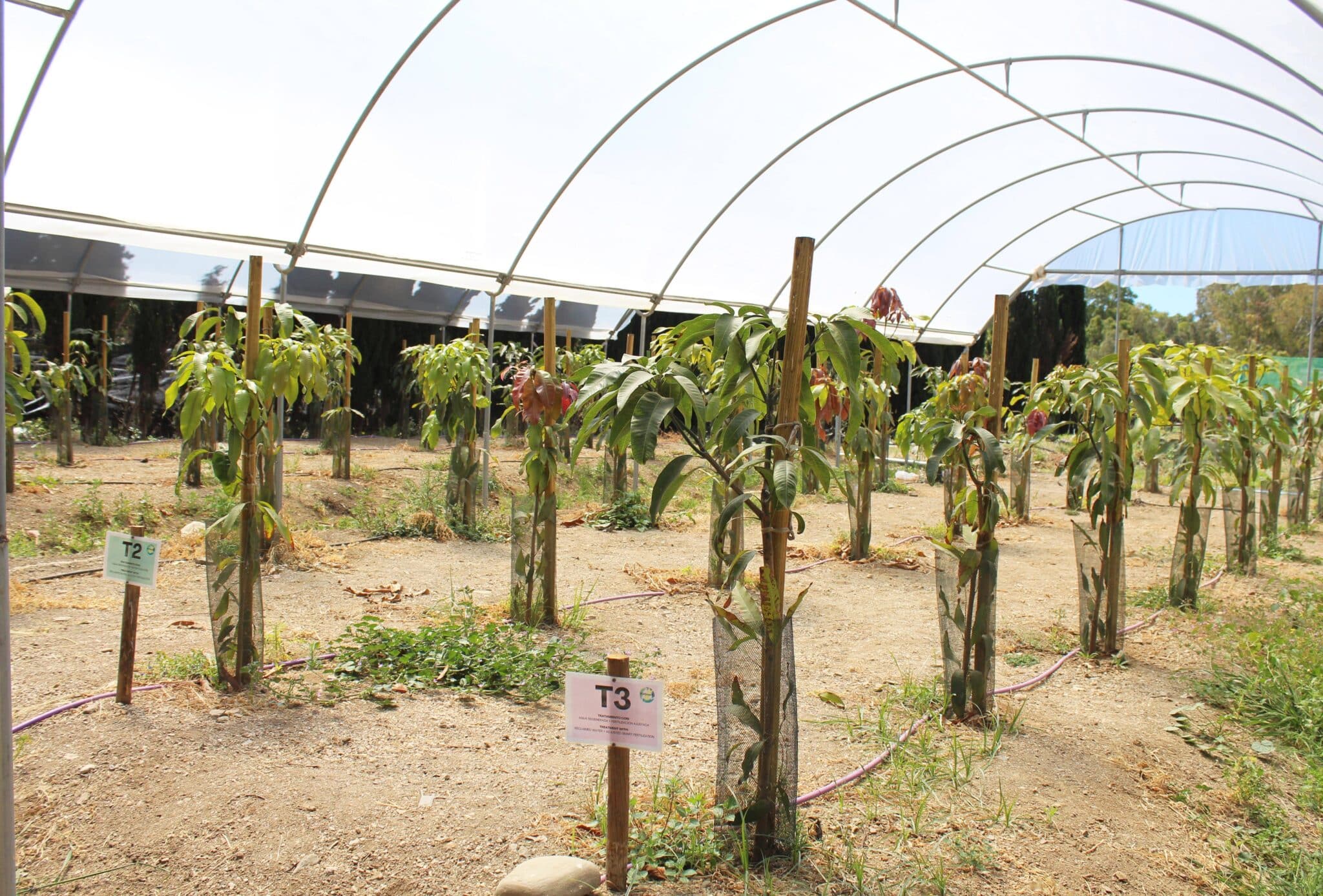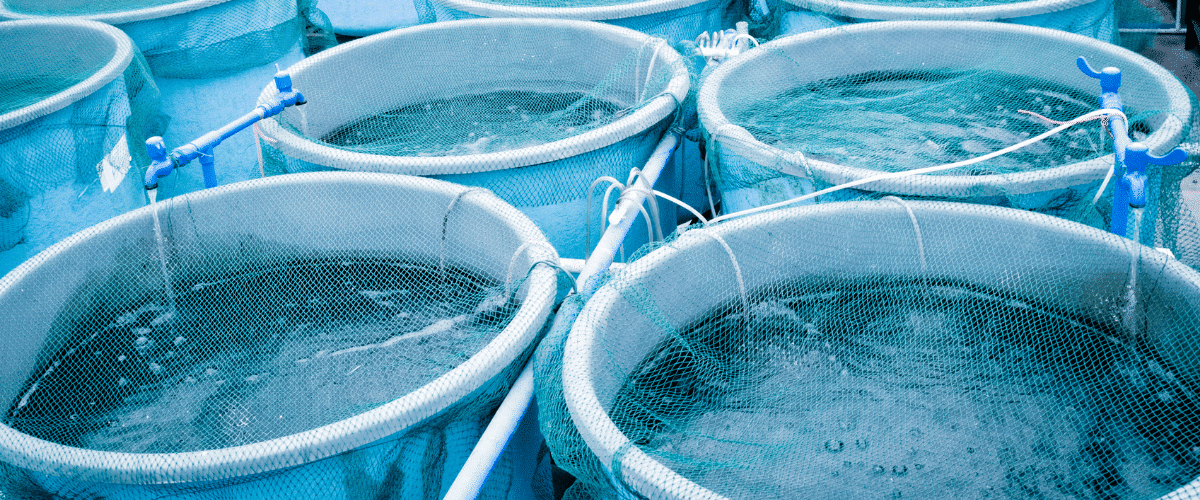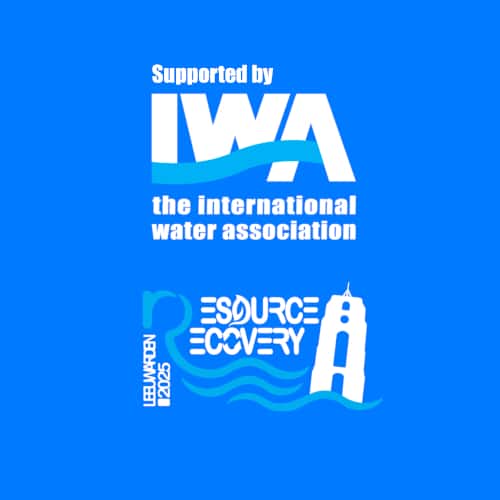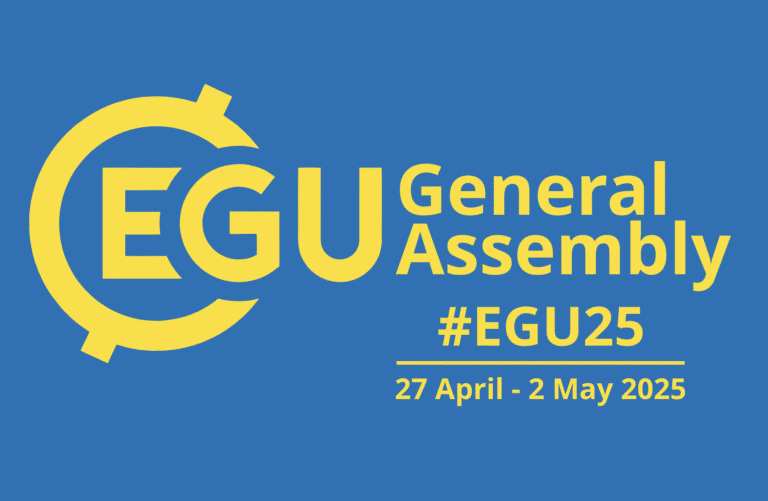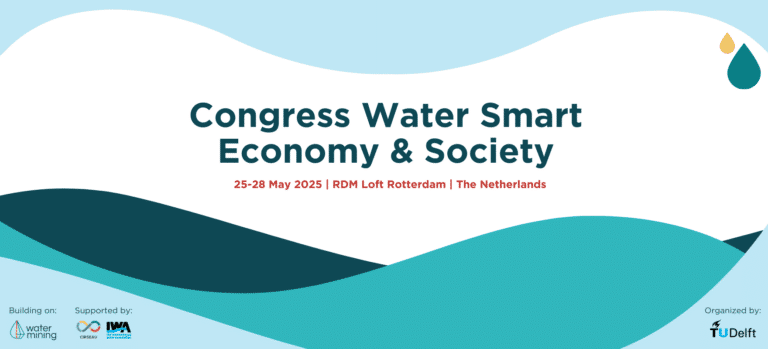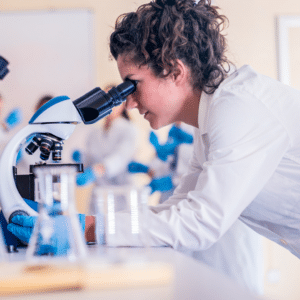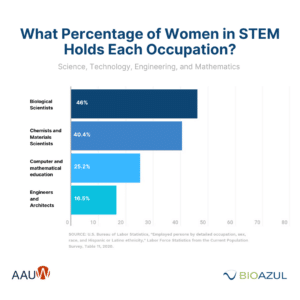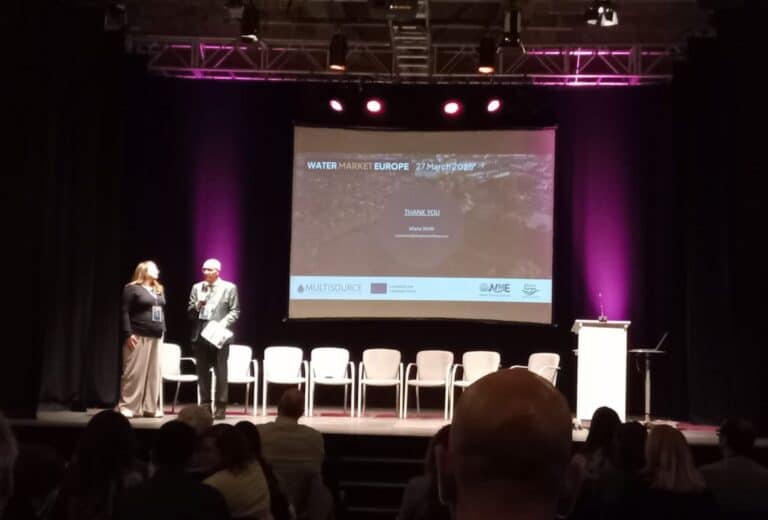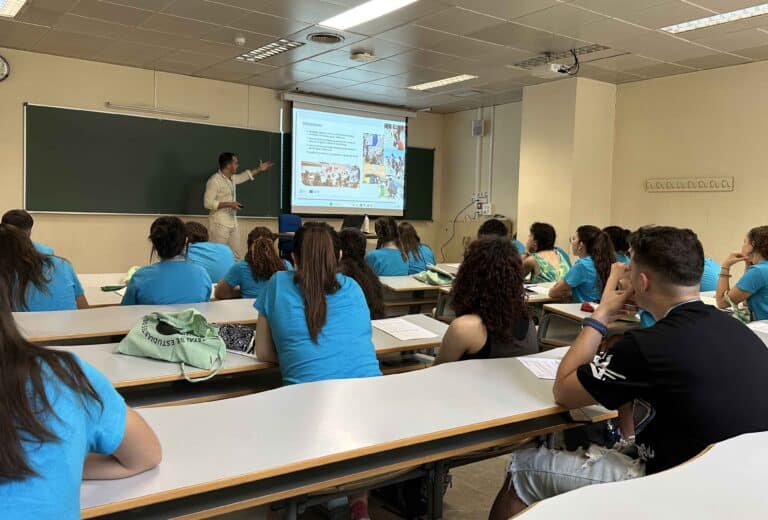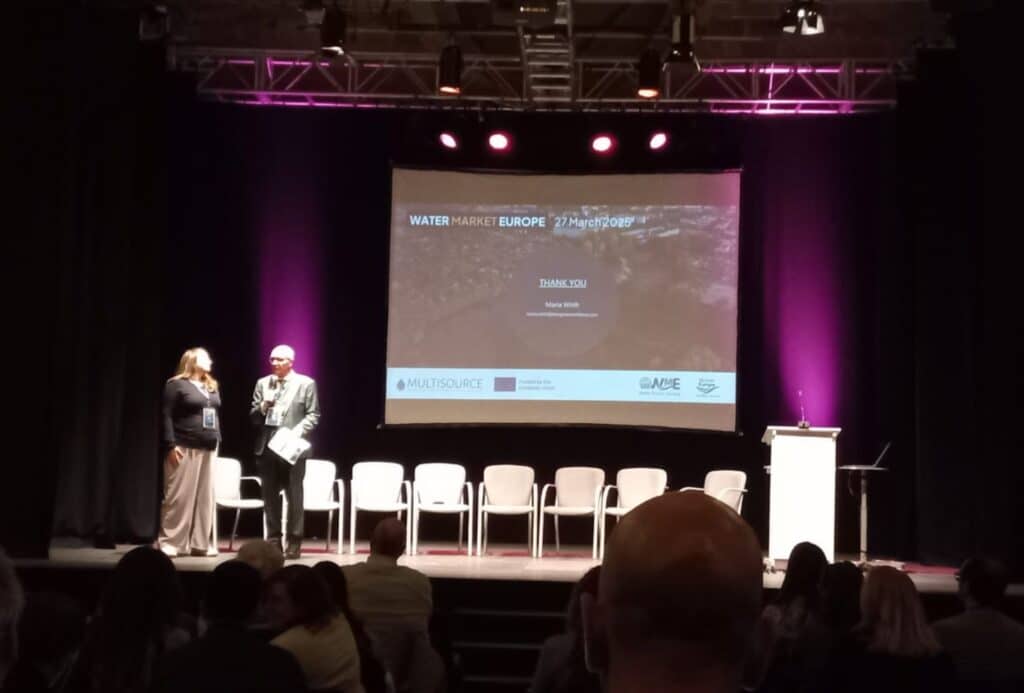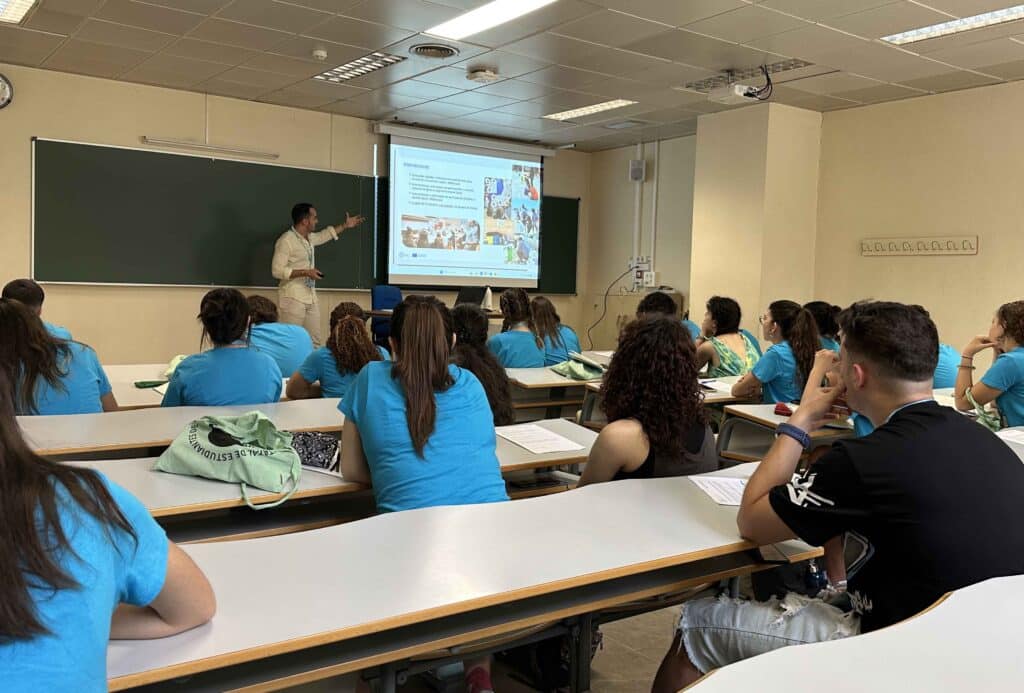Science and technology shape the modern world, yet gender inequality remains a persistent issue in these fields. Despite the progress made towards gender equality, women and girls continue to be underrepresented in science, technology, engineering, and mathematics (STEM). Recognizing the importance of closing this gender gap, international organizations such as the United Nations (UN), UNESCO, and UN Women have been advocating for greater inclusion and opportunities for women and girls in science.
The Gender Gap in Science
According to UNESCO, only one in three researchers globally is a woman, and women account for just 35% of STEM graduates. Their participation is even lower in emerging fields such as artificial intelligence, where only 20% of professionals are women. These statistics highlight the systemic barriers women face, including stereotypes, lack of role models, and discrimination in academia and the workforce.
The UN Secretary-General António Guterres has emphasized that “more women and girls in science equals better science.” Diversity in research leads to new perspectives and innovations, benefiting society as a whole. However, gender biases embedded in educational systems and workplace cultures continue to discourage girls from pursuing scientific careers.
The Impact of Gender Stereotypes
Gender stereotypes start early, affecting the choices that girls make regarding their education and career paths. Many school curricula and teaching practices still reinforce traditional gender roles, limiting opportunities for young women in STEM. As a result, fewer women enter scientific careers, and those who do often face challenges such as pay gaps, lack of leadership opportunities, and workplace harassment.
A study by AAUW (American Association of University Women) found that women in STEM face higher rates of discrimination, lower salaries compared to their male counterparts, and fewer opportunities for career advancement. These challenges are even greater for women from marginalized communities, including indigenous women, women with disabilities, and those from low-income backgrounds.
Why Representation Matters
The underrepresentation of women in science has far-reaching consequences. When women are excluded from research and innovation, scientific progress is hindered. A lack of diversity leads to biased research outcomes that fail to address the needs of the entire population. For instance, medical studies historically focused on male subjects, leading to gaps in understanding women’s health issues.
Encouraging women and girls to pursue careers in science is essential for fostering innovation and ensuring that scientific advancements benefit everyone. The UN General Assembly President, Csaba Kőrösi, pointed out that excluding women from STEM “puts a brake” on global efforts to achieve sustainable development.
Breaking Barriers and Promoting Inclusion
To close the gender gap in science, comprehensive measures must be taken, including:
- Educational reforms: Integrating science and technology subjects into primary education and revising curricula to eliminate gender biases.
- Scholarships and mentorship programs: Providing financial support and mentorship opportunities to encourage young women to pursue STEM careers.
- Gender-inclusive workplace policies: Implementing flexible working arrangements, equal pay initiatives, and anti-discrimination policies in STEM industries.
- Public awareness campaigns: Challenging stereotypes and highlighting the achievements of women in science through media and public events.
A Future of Equal Opportunities
The International Day of Women and Girls in Science, celebrated on February 11, serves as a reminder of the urgent need for gender equality in STEM.
Let’s foster an inclusive environment where women and girls can thrive in science. The future of science depends on diversity, and achieving gender equality in STEM is not just a matter of fairness, it is essential for progress and sustainability.
